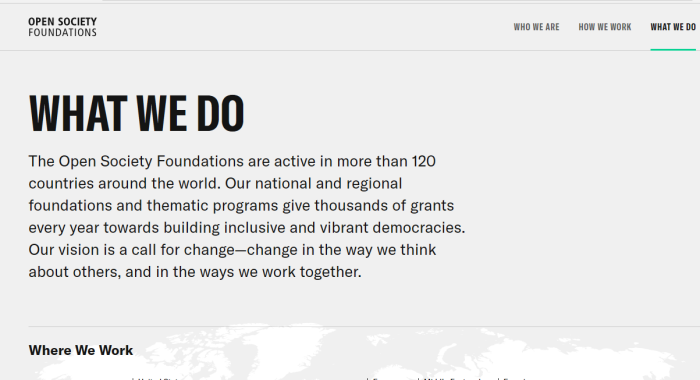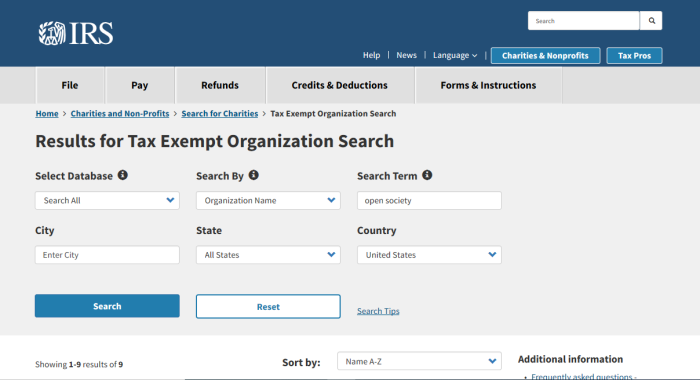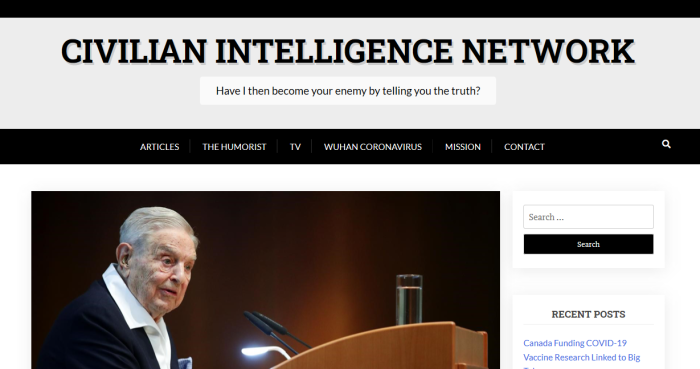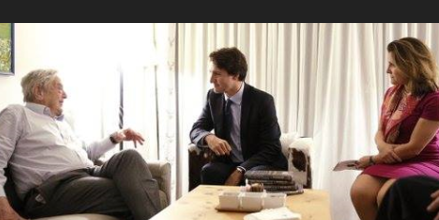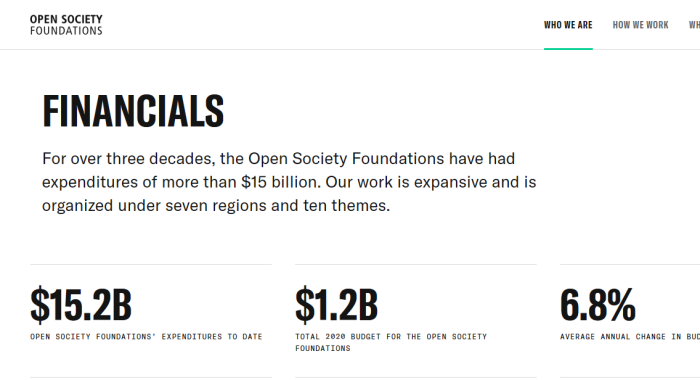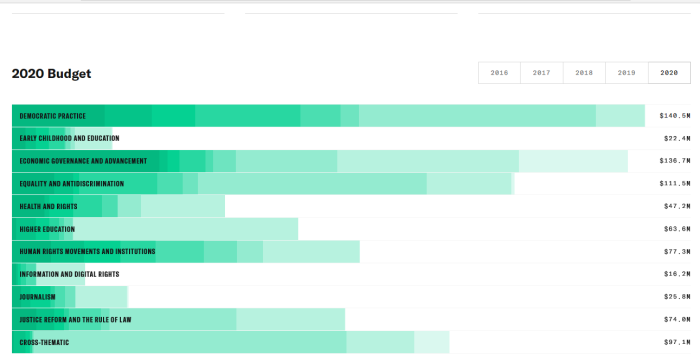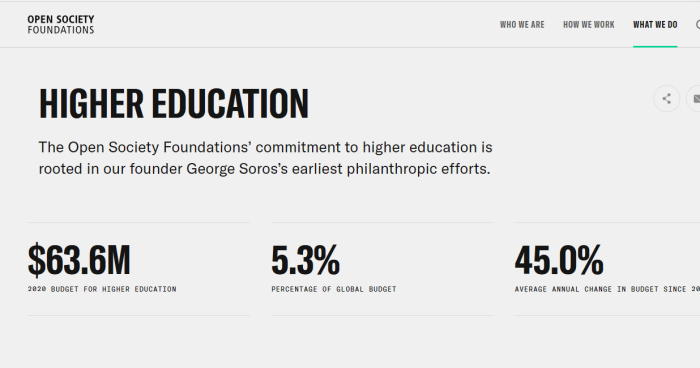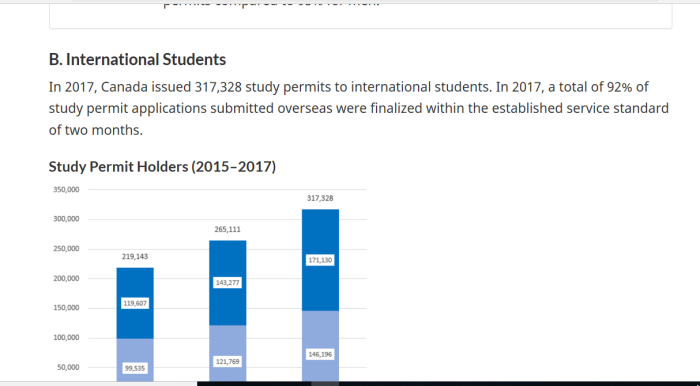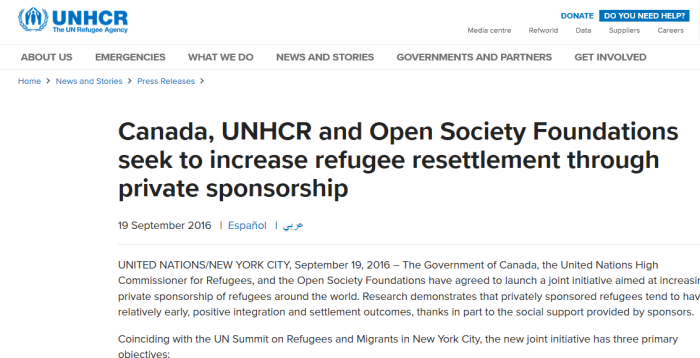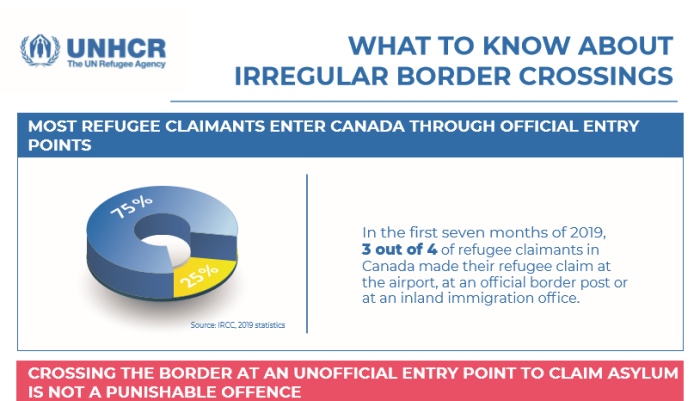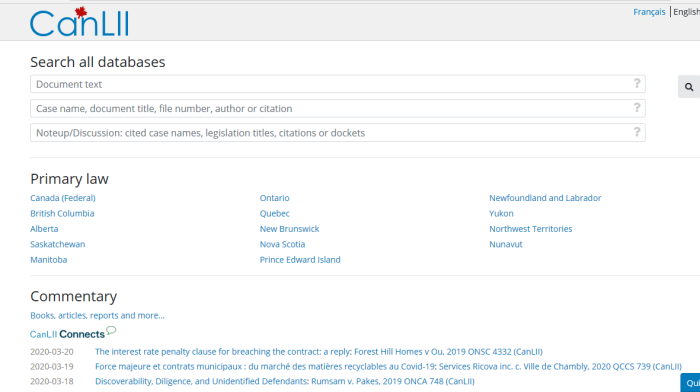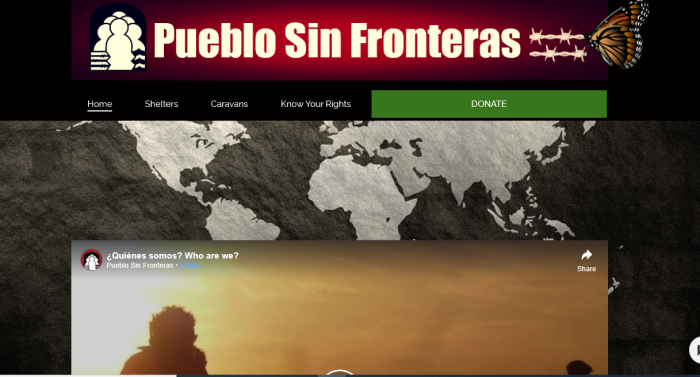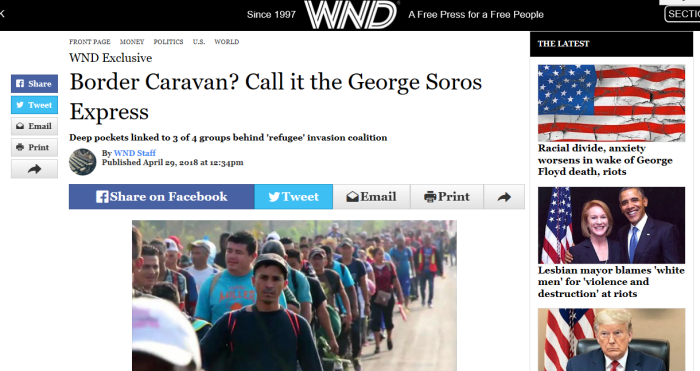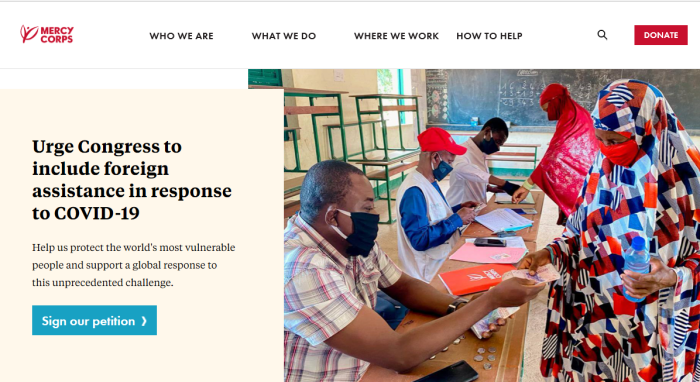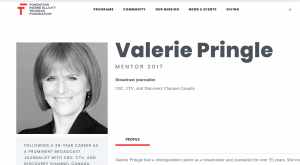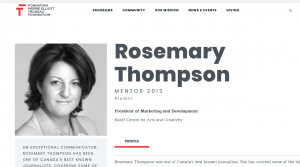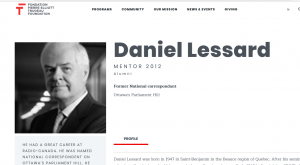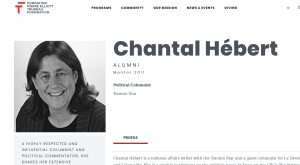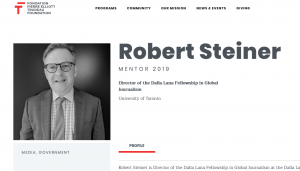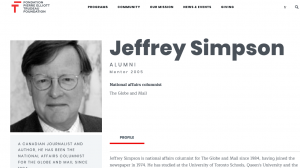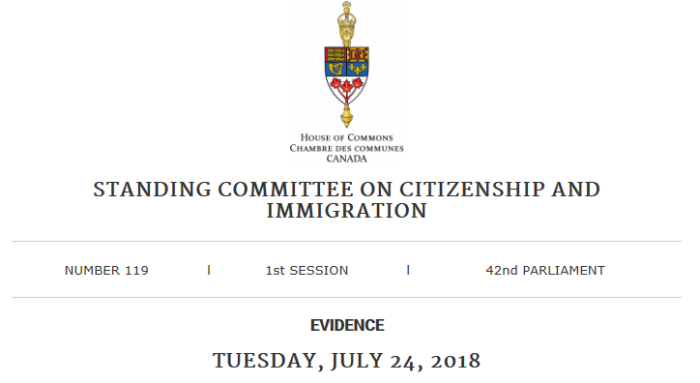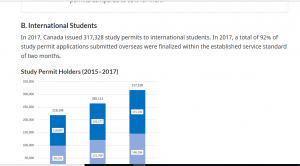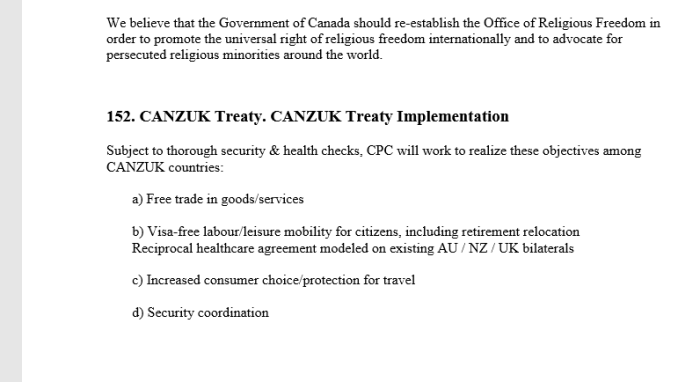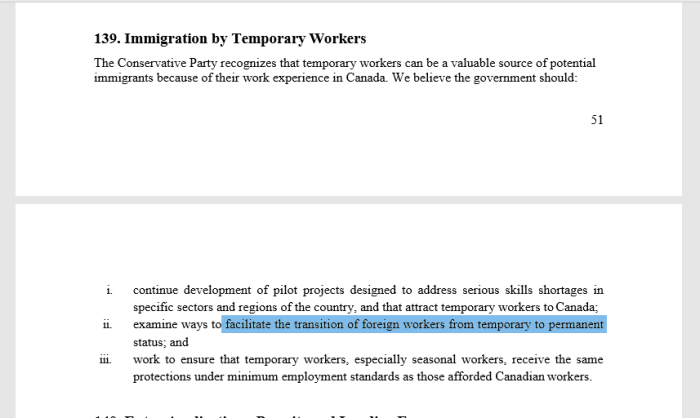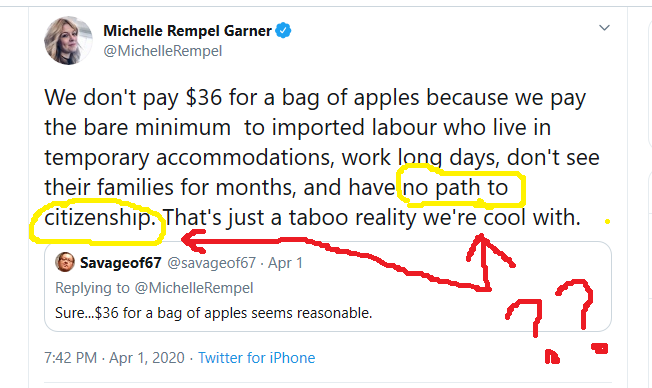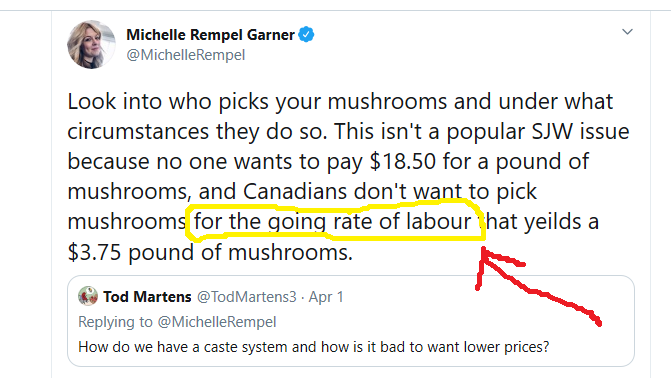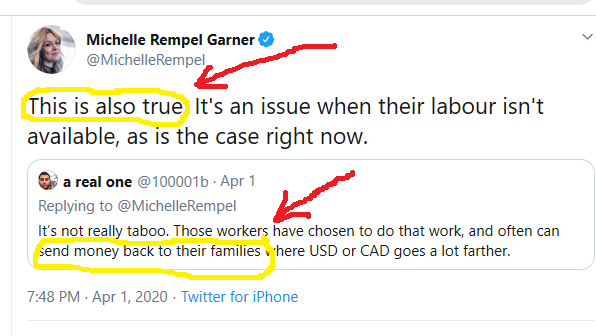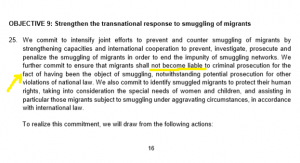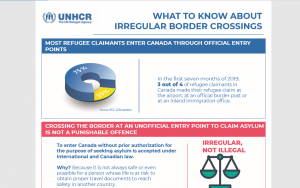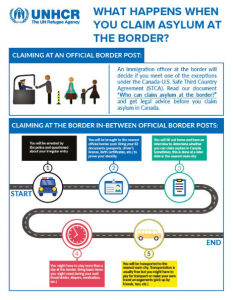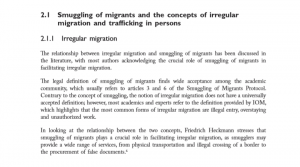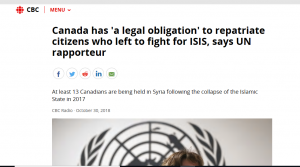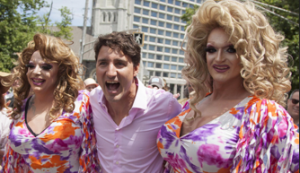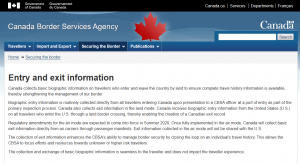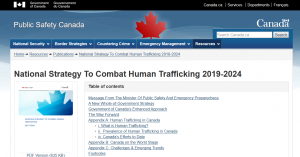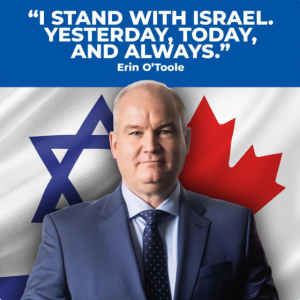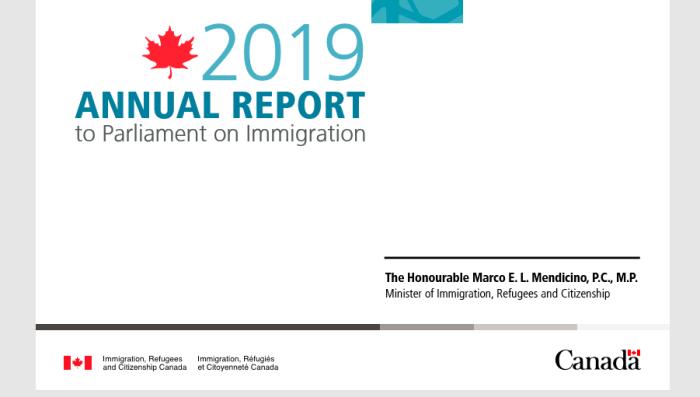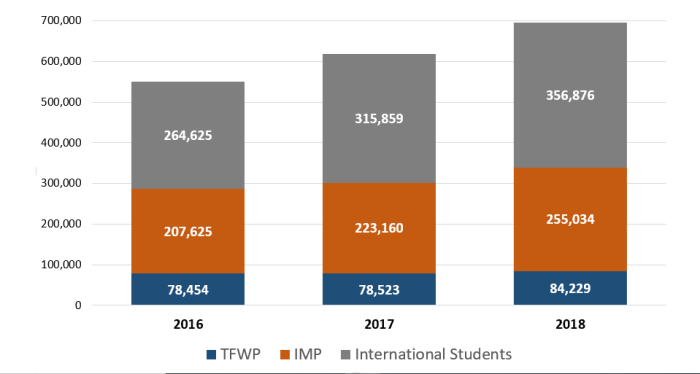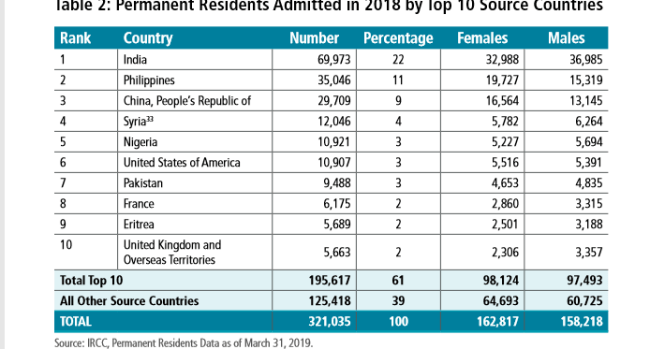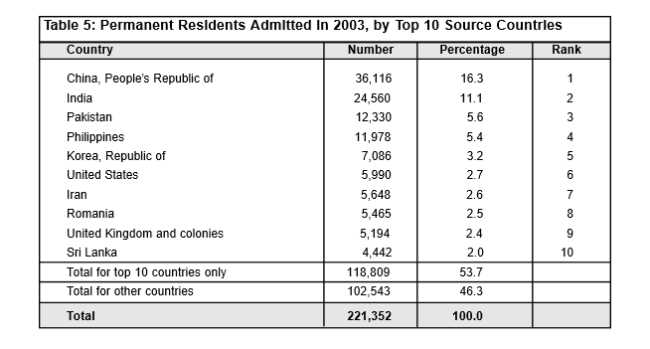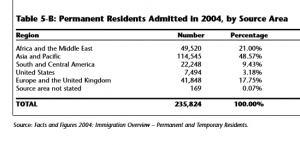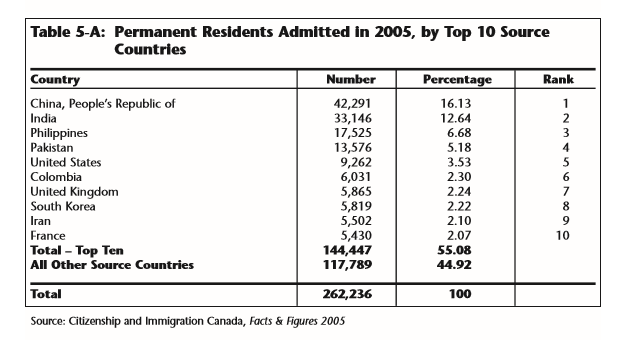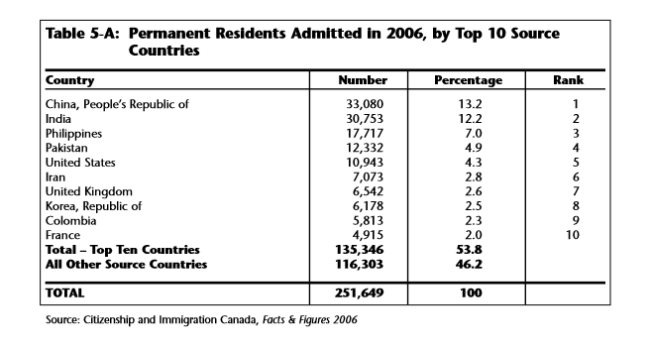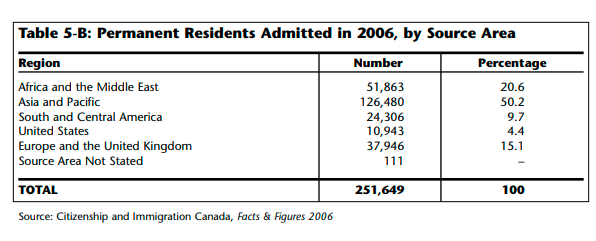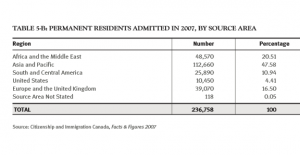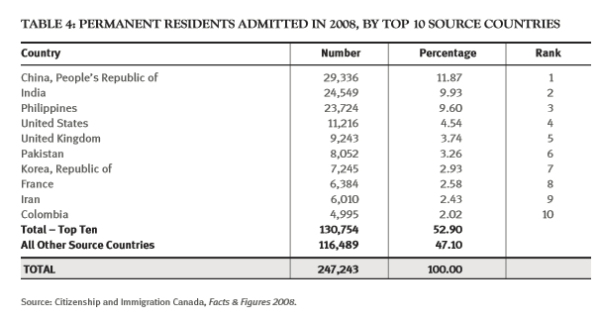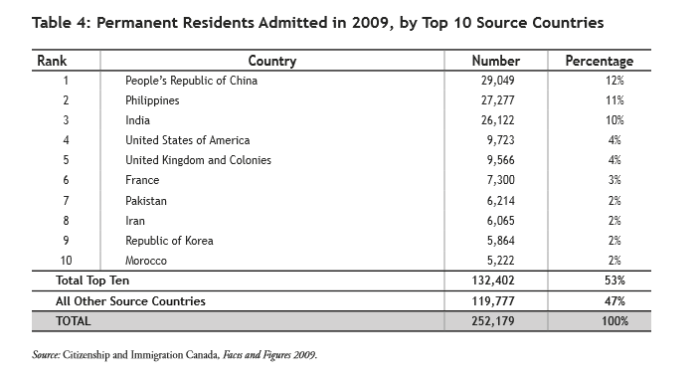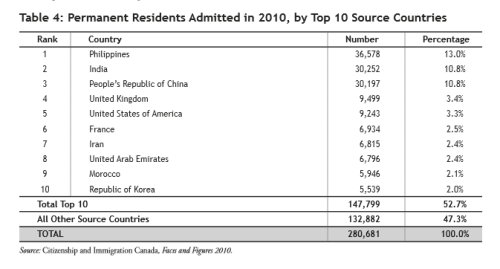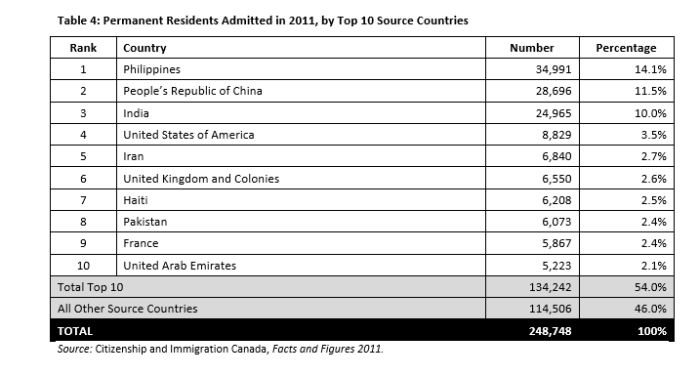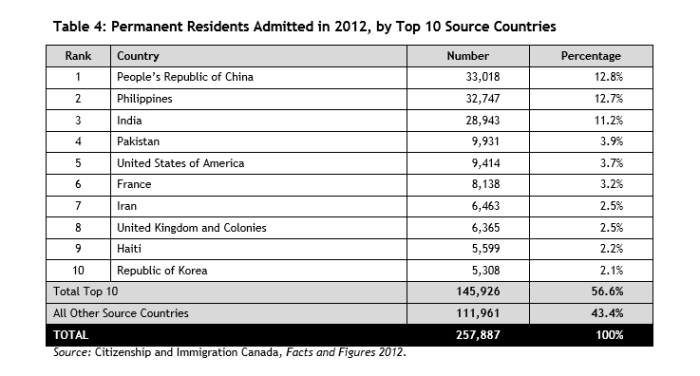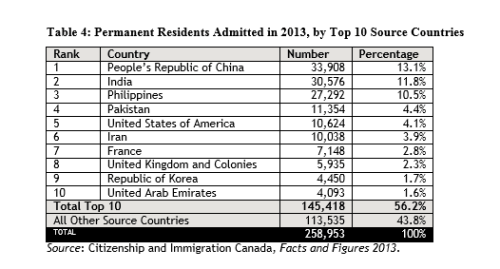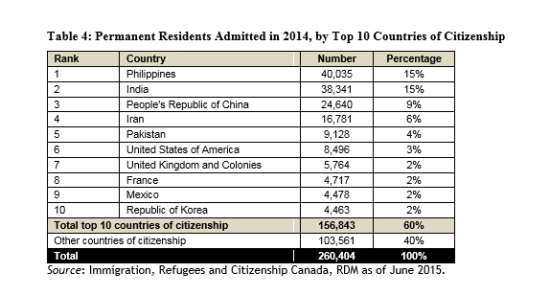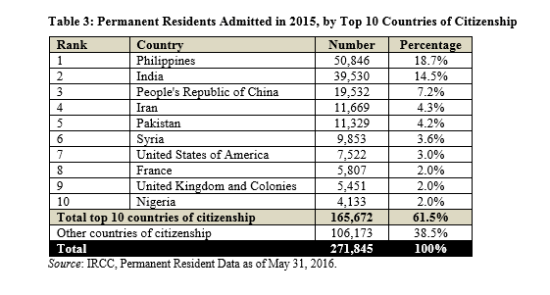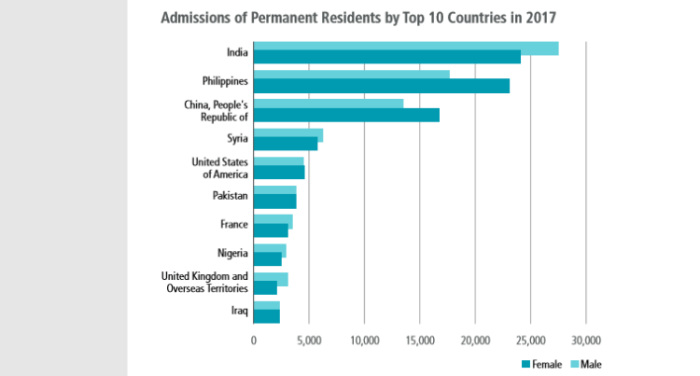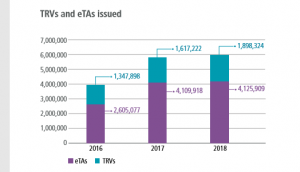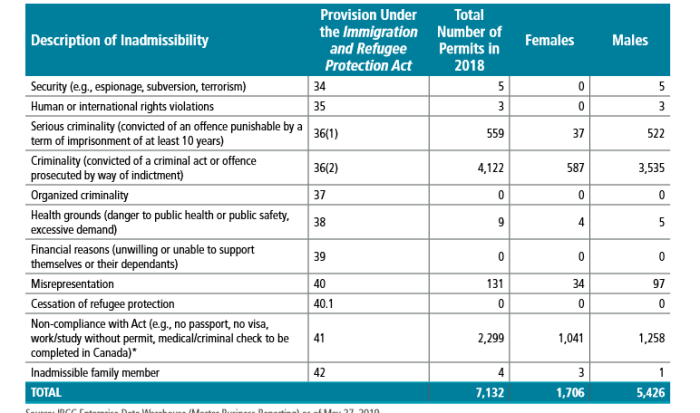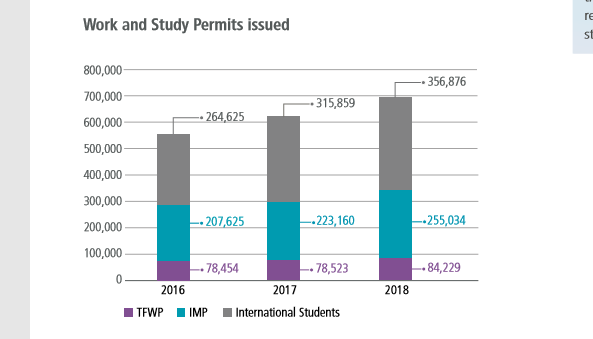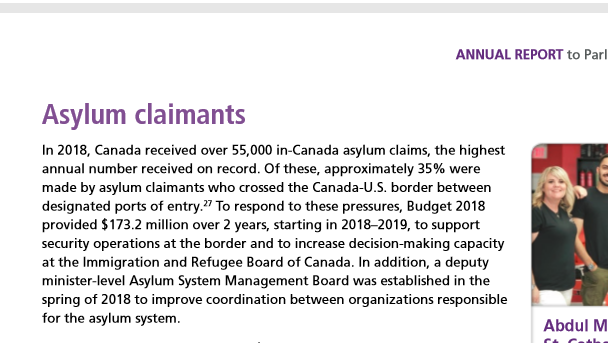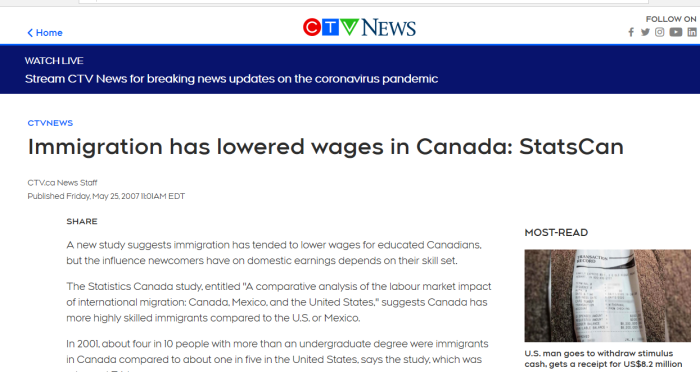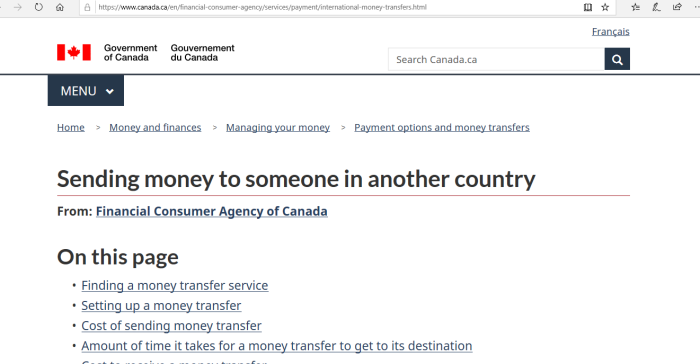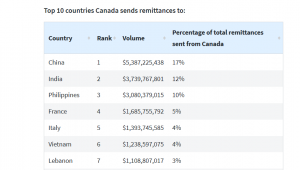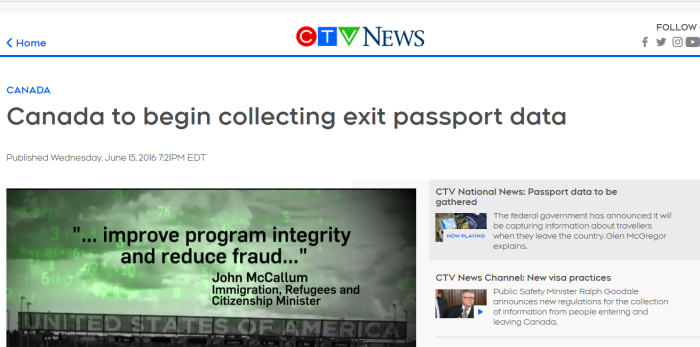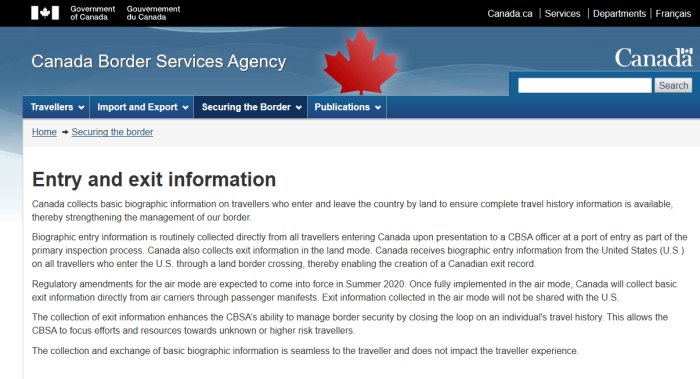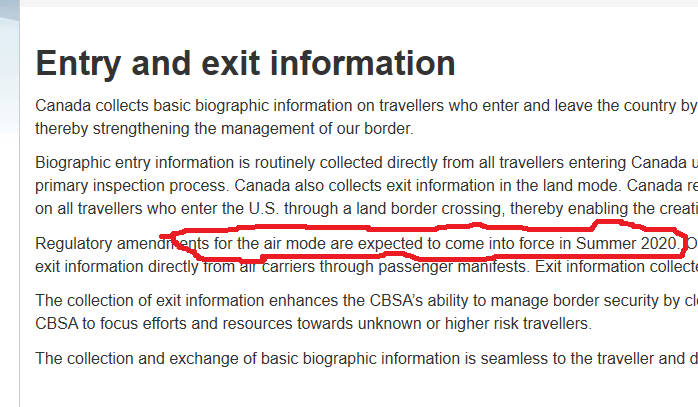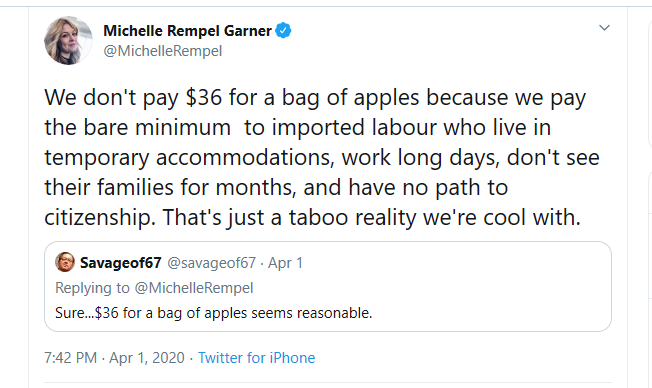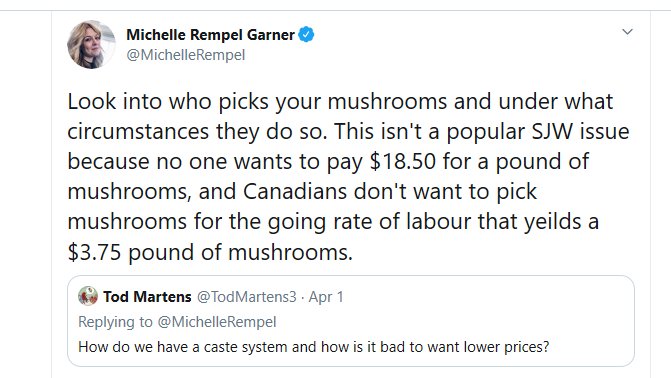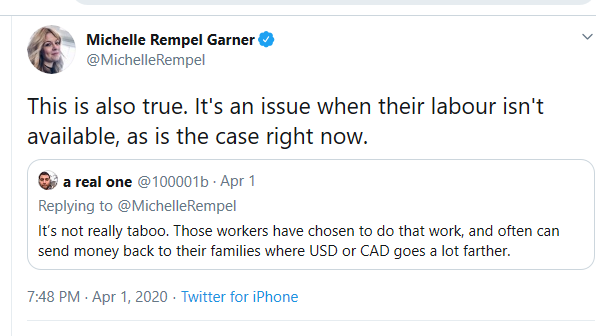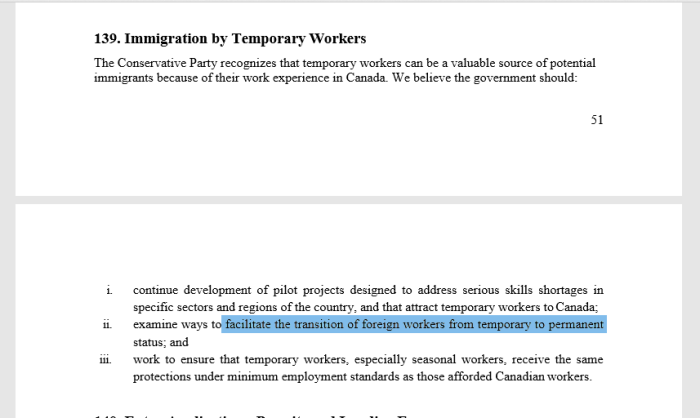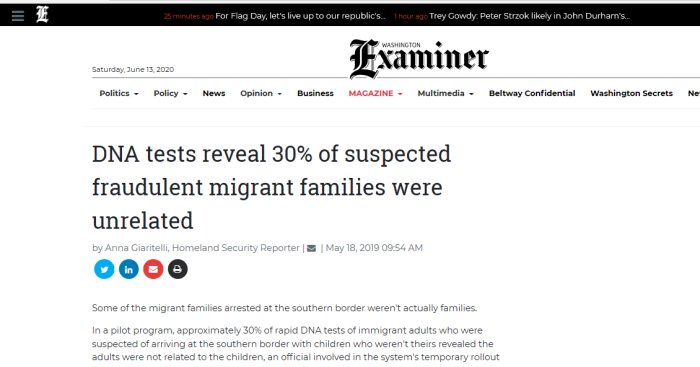
Regardless of what a person feels about letting high levels of refugees into their country, most people will agree on one fact: they want the “family units” who enter to actually be made up of related family members.
However, as is being seen more and more, particularly in the United States, this is not the case. Adults are coming with children they claim are “their” children, but DNA testing is proving that false. In a U.S. pilot program, nearly 1/3 of professed families were not blood relatives.
Obvious questions have to be asked. Who are these children? Who are the supposed parents? Are the children being used to simply help adults along, or are they being trafficked? How are these arrangements being set up, and where? Those are just a few that need to be answered.
Bizarrely though, migrant rights groups and civil liberties groups don’t seem so concerned about those questions. Instead, they focus on what will happen to the DNA sample afterwards.
1. UN High Commission On Testing

IV. DNA testing to establish family relationships in the refugee context
.
12. …. Thus, interviewing family members should normally be undertaken as the primary means of establishing family relationships. Where documents are available, they should be used as corroborative evidence. Care should however be taken to prevent that, because of pressure to produce such documents, refugees are driven to take risky actions. These may include, for instance, desperate measures to sneak back home and/or approach the authorities of the country of origin, which could place them at risk of arrest, detention or other inordinate consequences.
13. In line with the above, UNHCR considers that DNA testing to verify family relationships may be resorted to only where serious doubts remain after all other types of proof have been examined, or, where there are strong indications of fraudulent intent and DNA testing is considered as the only reliable recourse to prove or disprove fraud.
14. Even if the existence of a blood link is not established, this may not necessarily imply an intention to commit fraud. Cultural and social dimensions of ascribing family relationships should be considered. In the refugee context, the nature of ascribing family relationships should be understood based on the refugee’s social and cultural background. UNHCR also believes that individuals will be less inclined to misrepresent non-existing blood ties if they are confident that persons whom they have always treated and considered as part of the family and with whom they have developed strong personal bonds, or where there is mutual dependency, will be considered as part of the family for purposes of family reunification.
refugee.dna.testing.unchr.1
While it does pay lip service to the idea that nations need to be secure in who they allow to enter their borders, it becomes clear that the UN High Commission on Refugees sees DNA testing as a last resort. Even in cases where there is no biological link, the UNHCR recommends “looking at the culture” of the people anyway.
2. Canadian Policy On Testing
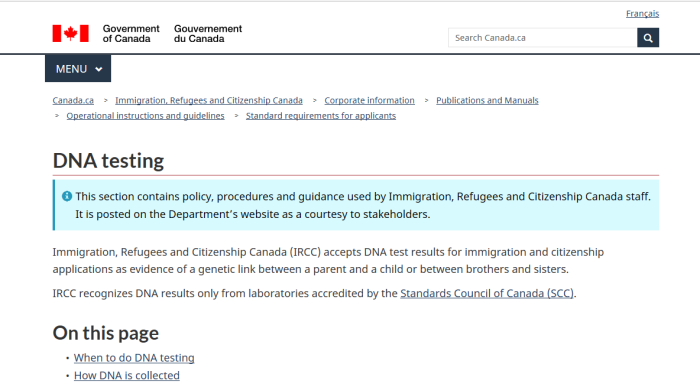
When to do DNA testing
An applicant may be given the option of undergoing DNA testing in cases in which documentary evidence has been examined and there are still doubts about the authenticity of a parent-child genetic relationship or when it is not possible to obtain satisfactory relationship documents. A DNA test to prove a genetic relationship should be suggested by IRCC only as a last resort.
For citizenship purposes, it is only necessary to establish one parent-child relationship with a Canadian citizen parent. However, it is preferable to take samples of genetic material from both parents as it facilitates the testing process.
A relative or family member’s DNA can be useful to DNA test results for immigration purposes, even if that person is not specifically involved with the sponsorship application. In such cases, the processing office needs to be satisfied that the person is a blood relative of the sponsor and that the person’s DNA sample is collected in accordance with these guidelines.
The IRCC does require DNA testing to prove a genetic relationship, but does so only as a last resort, when family ties cannot be proven otherwise. While this may not be a huge problem for people coming in many streams, it should be required for those coming via refugee channels, especially those coming illegally.
3. CBSA Checking Ancestry Sites
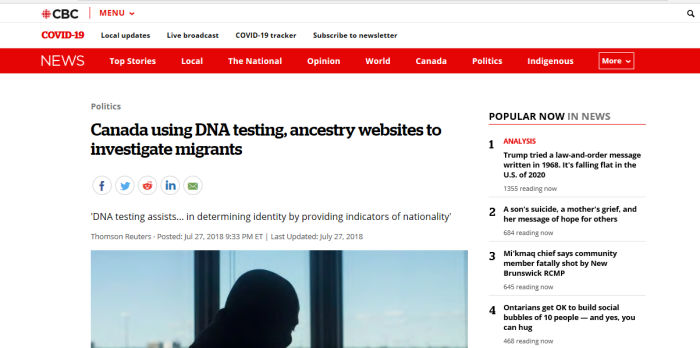
Immigration officials are using DNA testing and ancestry websites to try to establish the nationality of migrants, the Canada Border Services Agency said on Friday.
CBSA spokesperson Jayden Robertson said the agency uses DNA testing to determine identity of “longer-term detainees” when other techniques have been exhausted.
“DNA testing assists the CBSA in determining identity by providing indicators of nationality thereby enabling us to focus further lines of investigation on particular countries,” Robertson said in an email.
But the process raises concerns about privacy of data held by ancestry websites, and highlights political pressure over the handling of migrants by Canada’s Liberal government. More than 30,000 would-be refugees have crossed the U.S.-Canada border since January 2017, many saying they were fleeing U.S. President Donald Trump’s immigration policies.
Again, the DNA testing appears to be a last resort to verify identity, rather than a main one. Moreover, it’s sickening how people living in the U.S. illegally are able to enter Canada and try to claim asylum. The rules aren’t meant to allow for asylum shopping.
4. Fraud Longstanding Problem In U.S.
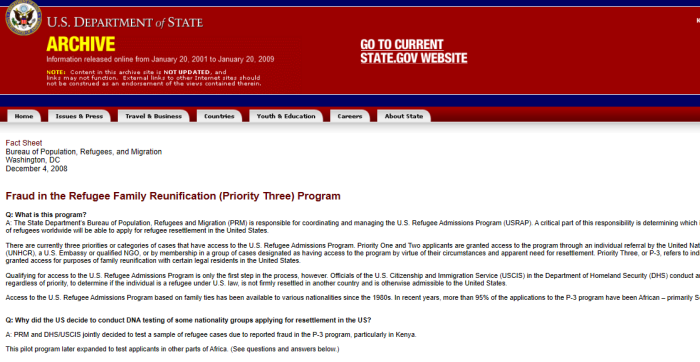
Q: Why did the US decide to conduct DNA testing of some nationality groups applying for resettlement in the US?
.
A: PRM and DHS/USCIS jointly decided to test a sample of refugee cases due to reported fraud in the P-3 program, particularly in Kenya. This pilot program later expanded to test applicants in other parts of Africa. (See questions and answers below.)
.
Q: What rate of fraud did you discover?
.
A: The rate of fraud varied among nationalities and from country to country, and is difficult to establish definitively as many individuals refused to agree to DNA testing.
.
We were, however, only able to confirm all claimed biological relationships in fewer than 20% of cases (family units). In the remaining cases, at least one negative result (fraudulent relationship) was identified, or the individuals refused to be tested.
.
Q: Which refugees are being tested? From which countries?
.
A: We initially tested a sample of some 500 refugees (primarily Somali and Ethiopian) in Nairobi, Kenya under consideration for U.S. resettlement through the P-3 program. After that sample suggested high rates of fraud, we expanded testing to Ethiopia, Uganda, Ghana, Guinea, Gambia and Cote d’Ivoire. Most of the approximately 3,000 refugees tested are from Somalia, Ethiopia, and Liberia, as these nationalities make up the vast majority of P-3 cases.
.
It is important to note that the initial DNA testing was limited to members of families applying for the P-3 program, and not between the applicants and the anchor relative in the United States.
Even in late 2008, the U.S. State Department was reporting that on DNA testing for refugee families had interesting results. Less than 20% of cases were confirmed to be actual families. Others failed testing, or simply refused to undergo it.
Also in that same page, the State Department stated that they stopped accepting affidavits of relationship for people coming from all countries. It stopped accepting the documents and has looked for other ways to verify identity and relationships.
5. How Prevalent Is It?
Relevant part starts at about 8:00 mark in video. Conversation gets to child separation, and that entire families end up getting released. In pilot program, 30% of “families” were made up of unrelated people. Children are in fact being recycled and used to help multiple families.
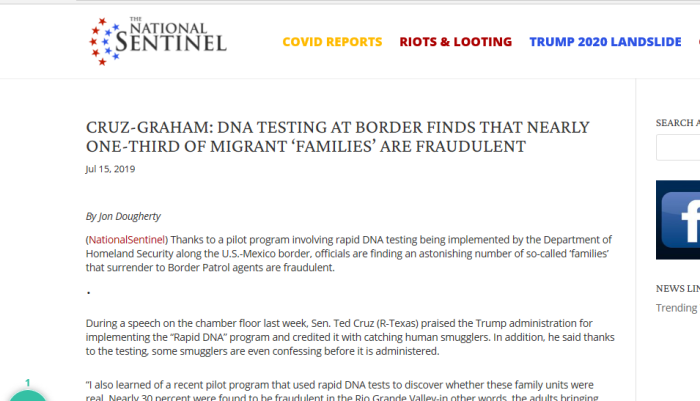
The National Sentinel reported that U.S. border guards are finding a very high number of so-called families entering the U.S. illegally from Mexico, who aren’t related at all. From the Washington Examiner:
In a pilot program, approximately 30% of rapid DNA tests of immigrant adults who were suspected of arriving at the southern border with children who weren’t theirs revealed the adults were not related to the children, an official involved in the system’s temporary rollout who asked to be anonymous in order to speak freely told the Washington Examiner Friday.
“There’s been some concern about, ‘Are they stepfathers or adopted fathers?'” the official said. “Those were not the case. In these cases, they are misrepresented as family members.”
In some incidents where Immigration and Customs Enforcement told the adults they would have to take a cheek swab to verify a relationship with a minor, several admitted the child was not related and did not take the DNA test, which was designed by a U.S. company.
Nearly a third of the families coming into the U.S. as refugees aren’t in fact related. Okay, who are they really? What exactly are the children being used for? Smuggling aids for adults? Are they being recycled? Are they being trafficked? Has any money changed hands to make these arrangements happen?
6. Civil Liberties Groups Oppose Testing
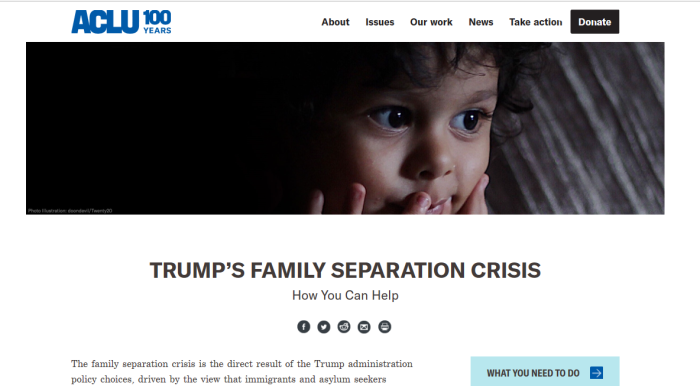
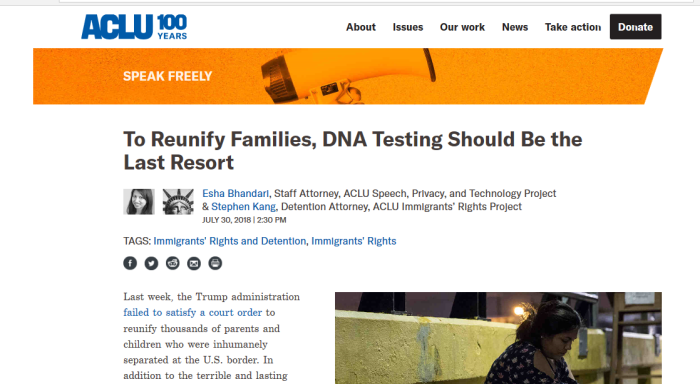
The ACLU filed a federal lawsuit earlier this year to stop family separation and to require the immediate reunion of all separated children and parents. On June 29, a federal judge issued a national injunction in our class-action lawsuit, requiring the reunification of thousands. Now, we must ensure the administration heeds the court’s ruling and the policy of family separation ends once and for all. The government deported hundreds of parents without their children — without a plan for how they would be ever be found. The ACLU is working to locate every separated parent and advise them of their rights to be reunited.
We are in the courts, streets, and in Congress to hold the Trump administration accountable for the irreparable damage it has done to these young lives. We need you in this fight.
One has to wonder why, if the U.S. was such a horrible place, would people come by the tens of thousands to go there? Why would people travel for thousands of miles just to end up on concentration camps?
The tortured logic is also on display here. The ACLU wants DNA testing to be done only as a last resort, and took the Government to court on that issue. However, they also oppose separating children from parents (or at least people who “claim” to be families).
In short, the ACLU wants children and adults to remain together, and be promptly released into the United States. Yet, they oppose the one measure which would determine if they are in fact related by blood.
The ACLU is far from the only organization that opposes DNA testing, while trying to get “families” released into the mainland. It would seem logical to at least ensure that the children are with family members, but that doesn’t seem to be a concern. The priority with opposing DNA testing seems to be to keep it out of criminal databases.
Who knows how many of these children are being trafficked by their so-called parents? What about the human rights and civil liberties of the children involved? However, groups like the ACLU don’t address that.
(1) https://canucklaw.ca/wp-content/uploads/2020/06/refugee.dna_.testing.unchr_.1.pdf
(2) https://www.cbc.ca/news/politics/canada-border-agency-migrants-dna-1.4765487
(3) http://archive.is/3qYE8
(4) https://www.canada.ca/en/immigration-refugees-citizenship/corporate/publications-manuals/operational-bulletins-manuals/standard-requirements/dna-testing.html
(5) http://archive.is/mD5JB
(6) https://2001-2009.state.gov/g/prm/refadm/rls/fs/2008/112760.htm
(7) http://archive.is/tzAoK
(8) https://www.thenationalsentinel.com/2019/07/15/cruz-graham-dna-testing-at-border-finds-that-nearly-one-third-of-migrant-families-are-fraudulent/
(9) http://archive.is/dEASk
(10) https://www.washingtonexaminer.com/policy/defense-national-security/dna-tests-reveal-30-of-suspected-fraudulent-migrant-families-were-unrelated
(11) http://archive.is/fZdHY
(12) https://www.theepochtimes.com/30-percent-of-suspected-illegal-alien-families-were-unrelated-dna-tests-show_2928316.html
(13) http://archive.is/de9tr
(14) https://www.aclu.org/families-belong-together
(15) http://archive.is/7Wx0G
(16) https://www.aclu.org/blog/immigrants-rights/immigrants-rights-and-detention/reunify-families-dna-testing-should-be-last
(17) http://archive.is/tnSRQ

